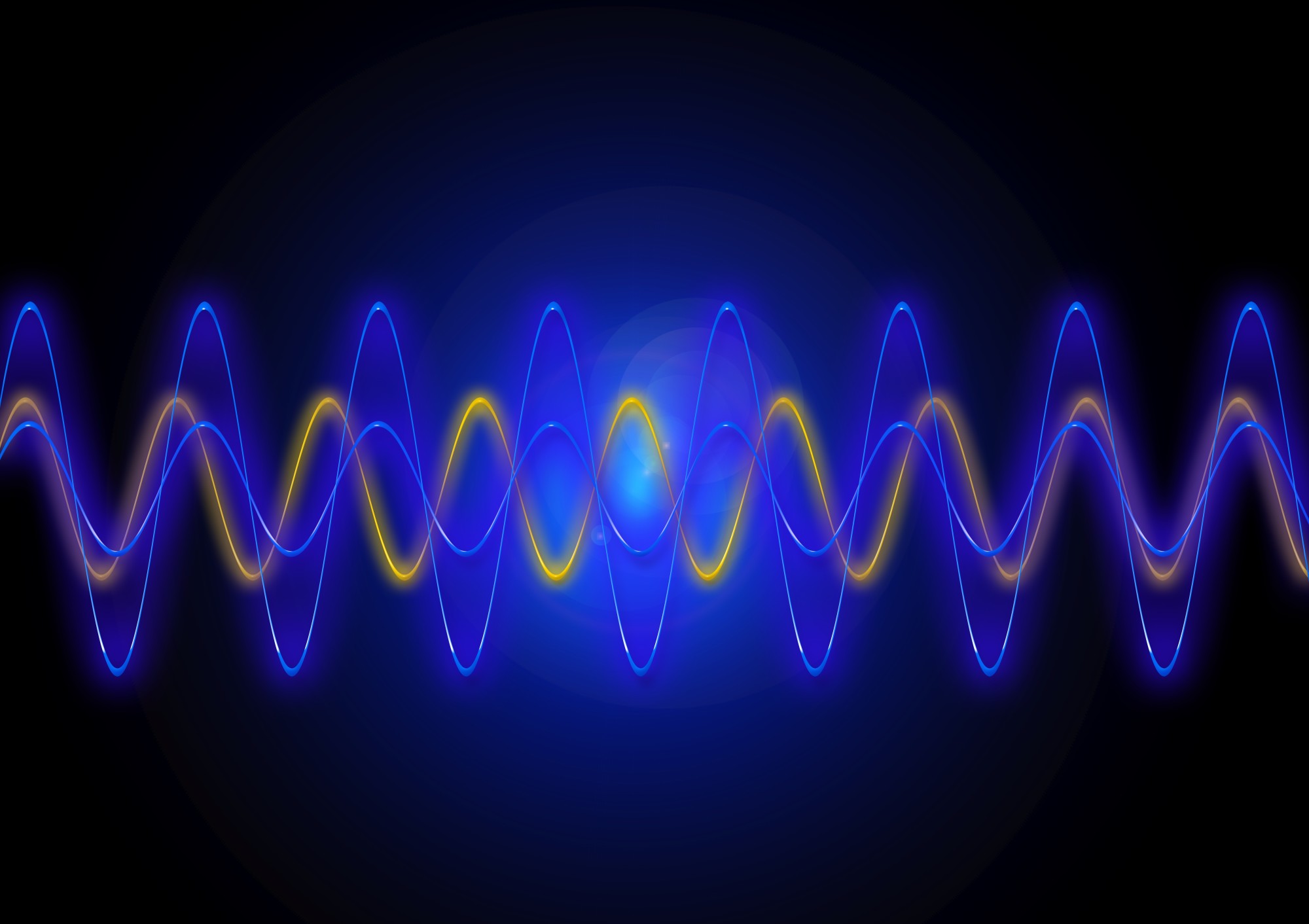Information guides on the frequency converter were published as early as the 1940s. These conversion devices have been around almost as long as we’ve been using electricity.
Many industries use frequency converters for the benefits they provide. Individuals may also use converters for various reasons.
If you’ve considered using a frequency converter, you likely have a lot of questions. The process sounds complex but is quite simple once you break it down. Continue reading to learn everything you need to know about frequency converters.
What is Frequency?
The word ‘frequency’ itself refers to how often something repeats. When talking about electrical devices, frequency refers to the number of complete positive-to-negative cycles. This is measured in hertz.
Hertz is an international measurement, meaning it’s the same in all countries. If you look at the description of any electrical device, you will likely see the words volt and hertz. For example, a device might state it is a 110 volt 60-hertz motor.
The Hertz part of this description refers to how many sine waves complete a full cycle from positive to negative per second. A 60-Hertz motor will complete 60 full cycles per second.
Most equipment and electrical circuits are designed to operate at a specific frequency. Although Hertz is an international measurement, countries use different standard frequencies. This is why American and European outlets are different.
What is a Frequency Converter?
A frequency converter, at its most basic, is a device used to change another device’s frequency. These can be electronically or electromechanically controlled.
An electromechanical converter is usually used within motor-generator sets. It might also be used in rotary sets.
An electronic frequency converter is sometimes called a solid-state frequency converter. They use an inverter to change electric currents. Inverters might operate using thyristors or IGBTs.
Frequency converters are available in many different power capacities. They’re also available in different frequency ranges.
How Does a Frequency Converter Work?
The most basic principle of electric frequency conversion can be broken down into two parts. First, the alternating current power source is rectified into a DC voltage. Then, this DC voltage is chopped into an alternating current voltage of a new desired frequency.
When you dive deeper into the process, it becomes more complicated. Each phase centers around a specific component of the frequency converter. Let’s look at what each of these components is and how they work.
The Rectifier
This component is the first part of the frequency conversion process. Its job is to convert alternating current into a direct current.
To do this, the rectifier uses diode bridges. These limit the travel of AC sine waves to a single direction. The result is an AC sine wave that has been fully rectified into a DC current.
The DC Bus
This is an optional part that isn’t found in all frequency converters. Higher-end models or those with higher capacities will usually have a DC bus.
The job of this component is to filter the AC voltage before it enters the inverter. It does this using capacitors and an inductor.
The Inverter
This is the most important part of the frequency conversion process. The inverter manages to take the newly created DC voltage and transform it into AC.
The alternating currents created by a frequency convertor aren’t “true” currents. They’re emulations. Still, they’re able to dictate both the voltage and frequency of the electrical currents emitted.
To create these AC emulations, an inverter uses three sets of high-speed switching transistors. These take the DC charge and creates pulses that emulate all three phases of an AC sine wave.
What Are The Benefits of Using a Frequency Converter?
Frequency converters hold the most benefits when used to standardize a variable speed electric motor. By limiting the variables used into a single frequency, motors experience a few benefits.
Use Less Energy
The first benefit is you use less energy. A variable-speed motor uses a significant amount of energy upon startup. In the case of vehicles or similar motors, shifting and stopping also use considerable energy.
By routing the electric currents through a frequency converter, the motor works less because the variables are removed from the equation. When the motor works less, it uses less energy for basic functioning.
Reduce Wear
Working less results in another benefit. A frequency converter can reduce the wear on the engine. Less wear and tear means the engine or motor will last longer.
Increased Return on Investment
The longer your motor functions properly, the higher your return on investment (ROI).
For example, let’s say you paid $1,500 for a motor or motor-containing equipment.
If that motor lasts five years, you’ve essentially paid $300 annually for its use. Now, consider how much money the motor has made you. Let’s say it was $350 a year profit for whatever task the motor does.
Your ROI is a $50 annual profit. In the five years your motor runs, it has essentially earned you a total of $250.
But what if your motor had less wear and ran longer? Looking at the same price point above, consider what a difference two years makes.
If that $1,500 motor lasted seven years, you’ve essentially paid just under $215 for its use each year.
Using the same $350 profit, your ROI is now $135 annually. In the seven years your motor runs, it has essentially earned you $945 profit. These profits are calculated after the total cost of operating your motor.
Still Have Questions?
Do you still have questions about how a frequency converter works? Want to share your own experiences with working with frequency converters? Let us know in the comments below.

